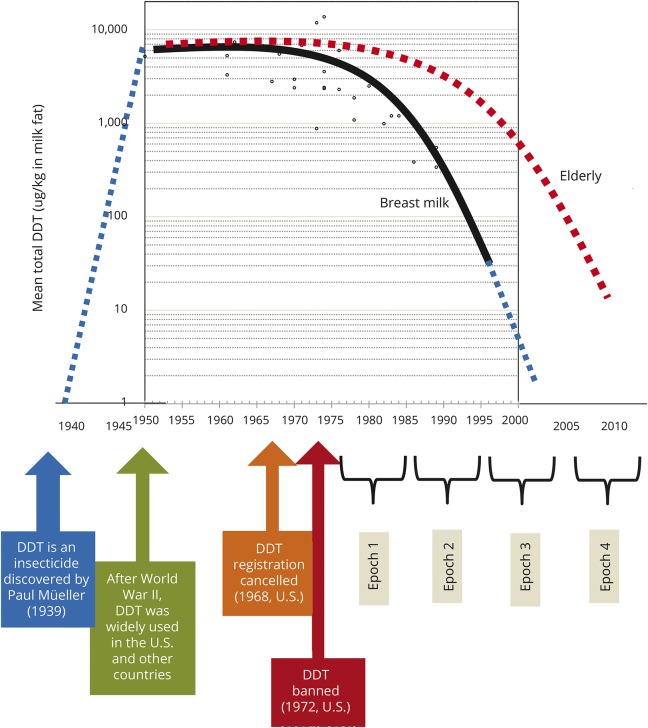Figure 2. Ecological similarity of secular trend between body burden of dichlorodiphenyltrichloroethane (DDT) and age-specific dementia incidence rates in developed countries.
Time trend (solid black line) of concentrations of DDT in breast milk in studies from the United States and Canada, with spline fit, with added explanatory notes.33 Breast milk, rather than adipose tissue, was used as a practical way to biomonitor body burden of lipophilic chemicals like DDT. The blue dotted line was added to display the whole period from the development of DDT to the present. Compared to that of young women in their 20s or 30s (providing breast milk), decreasing time trend of body burden of DDT in the elderly, who typically have higher levels due to exposure throughout their lifetimes, may be assumed to be slower (red dotted line). In the Framingham cohort, dementia incidence rates were reported to have declined over recent decades, as defined by epochs in the figure.32 Exposure levels to DDT in elderly at high risk of dementia have gradually decreased from Framingham epoch 1 to epoch 4. A birth cohort effect related to this exposure pattern to organochlorine pesticides may have contributed to the decreasing trend of dementia reported in the Framingham study.

